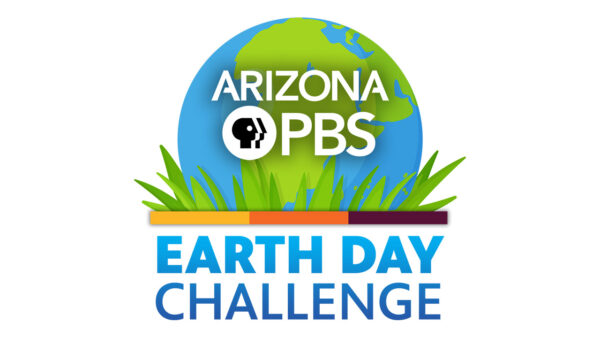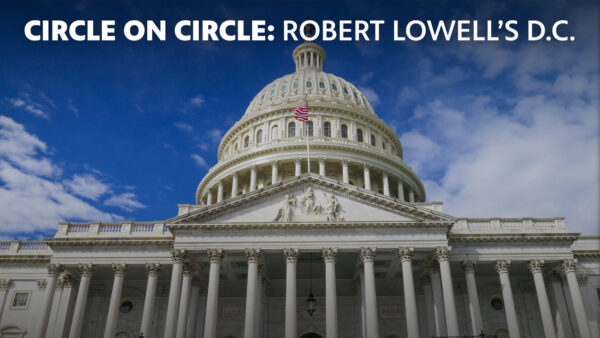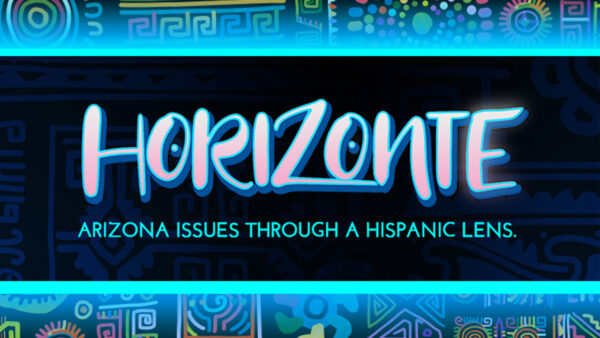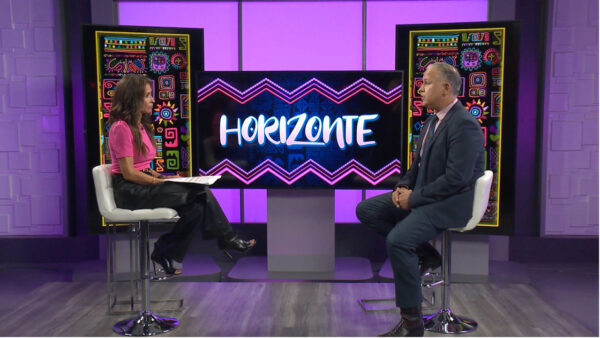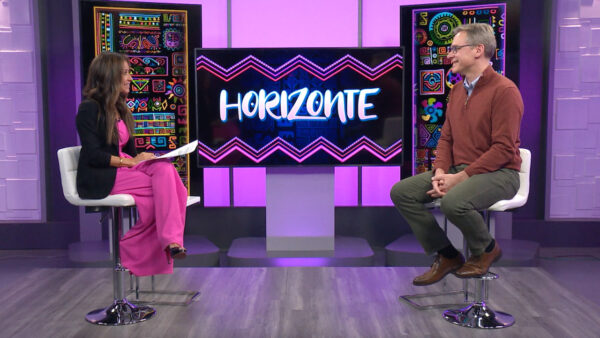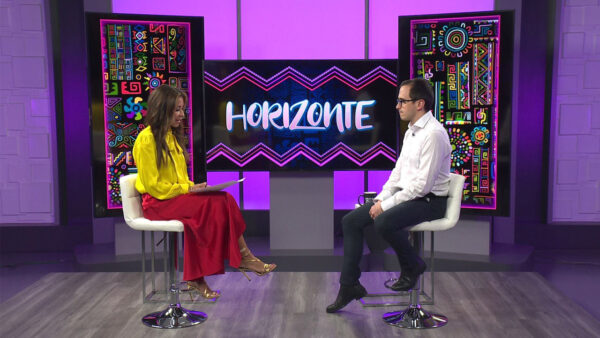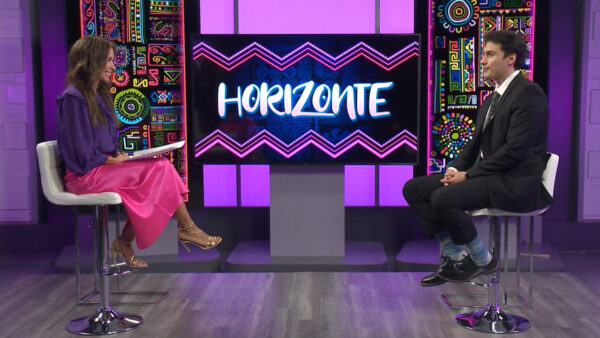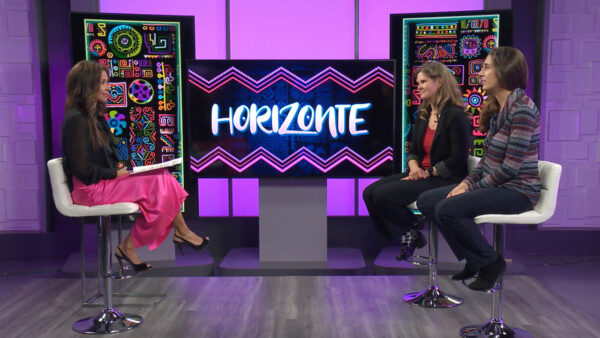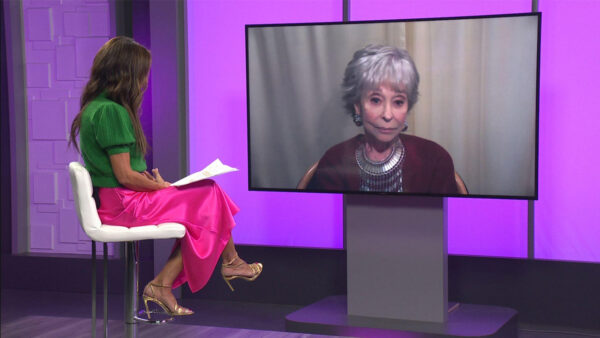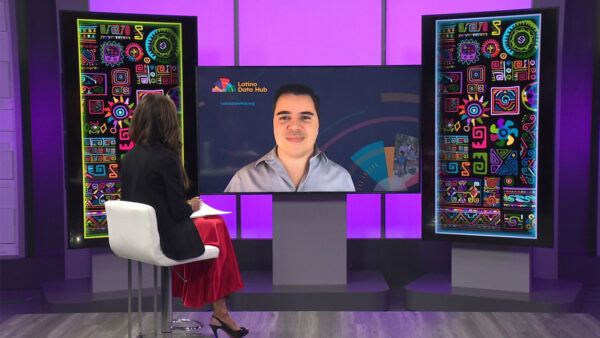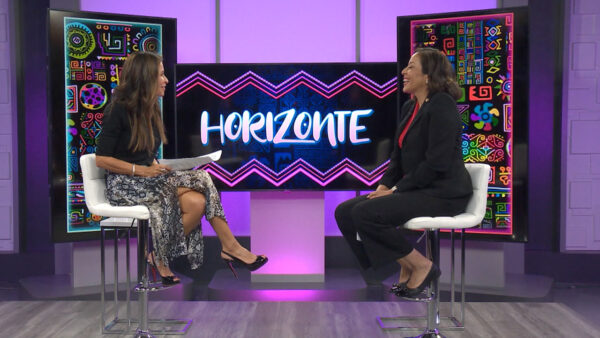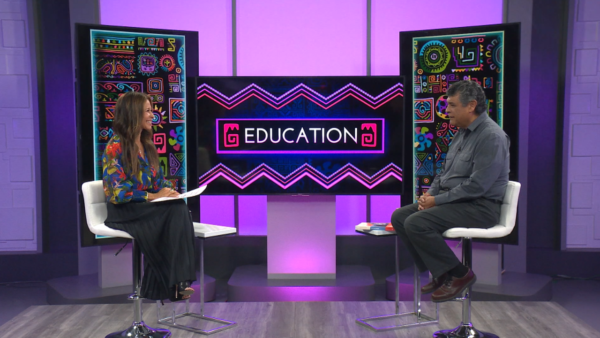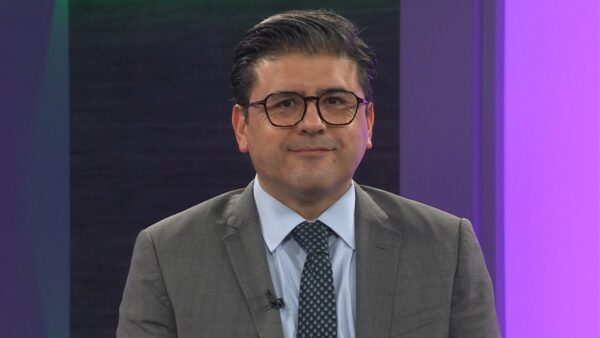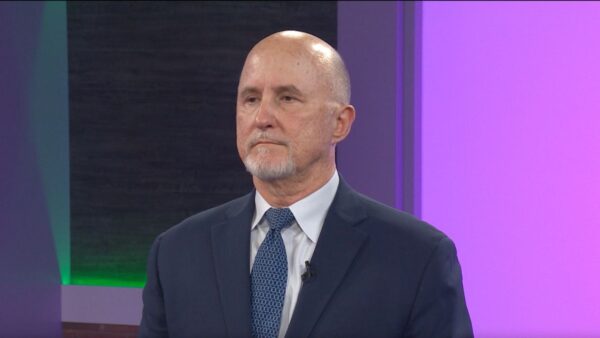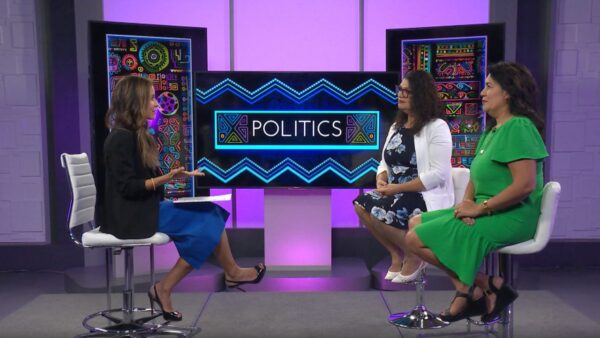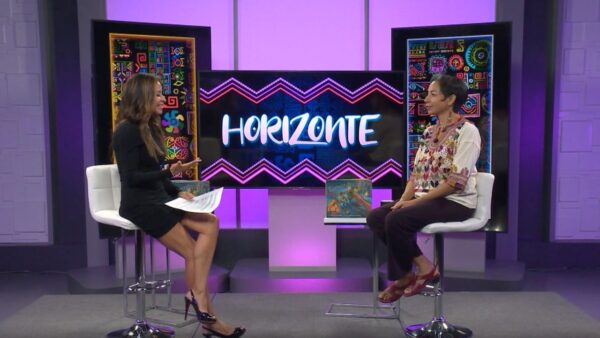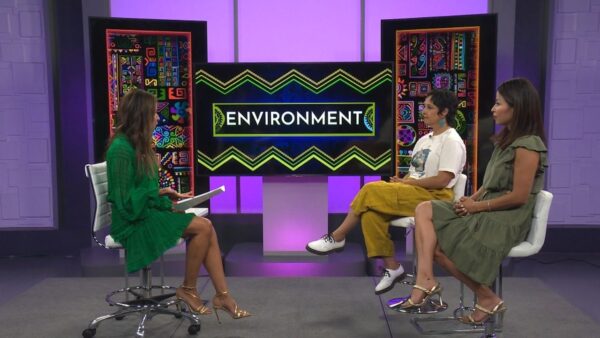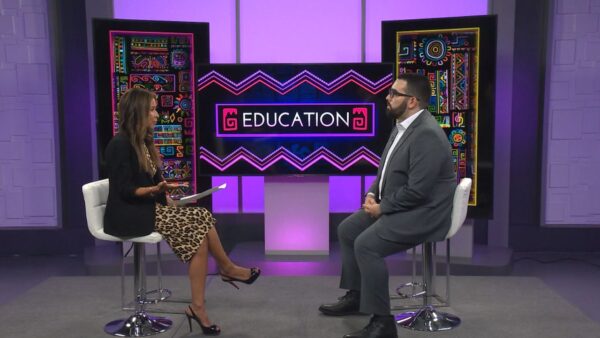Teotihuacan was the first and most influential metropolis on the American continent. “Teotihuacan: City of Water, City of Fire” is a major traveling exhibition organized by the de Young Museum in San Francisco and the exhibit is now at the Phoenix Art Museum. We are joined by Gilbert Vicario, the Selig Family chief curator for the Phoenix Art Museum, Dr. Saburo Sugiyama, research professor at the ASU school of human evolution and social change, and Dr. Michael Smith, professor of archaeology and director for the ASU Teotihuacan research laboratory.
Jose Cardenas: Teotihuacan was the largest, first, and most influential metropolis on the American continent. Teotihuacan interacted and traded with all corners of MezzoAmerica. Continent. And the city held great prison siege for the distant Maya Kings. Teotihuacan: city of water, city of fire is a major traveling exhibition organized by the de Young museum in San Francisco and it is at the Phoenix art museum. Joining me to talk about this is Gilbert Vicario and self family chief curator for the Phoenix art museum. And doctor Saburo Sugiyama, research professor at the ASU School of Human Evolution and social change and Dr. Michael Smith, professor of archaeology and director for the Teotihuacan research laboratory. This is exciting. Tell us how this came to be. Tell me how it feels to be close to the finish line.
Gilbert Viscario: Well, it was never intended to come to Phoenix. But the proposal was put on my desk about the time that I came here three years ago. Being of Mexican desent, I said to myself that it had to come to the city of Phoenix and the state of Arizona. I needed to see what I could do to make it happen.
Jose Cardenas: You and I chatted a little earlier before we got on the set. You were concerned that the Mexican government would not let it come to Arizona for political reasons.
Gilbert Viscario: Right, so obviously this is happening during the time of 2016, and talk of the border wall. But the first piece of advise I got was we have to form--put together a group of individuals and go down to Mexico city, and meet with the officials to ask them to grant permission to let the show continue.
Jose Cardenas: That being The Mexican government's institution--
Gilbert Viscario: Yes, of archaeology and history. I’ll never forget Dr. Diego Prieto, The head of the department said that's where we want the show to go, to Arizona. It's important for this exhibition to have people from both sides of the border witness this incredible archeological find. So, We were extremely excited after that meeting.
Jose Cardenas: So we have several sets of pictures. The first set gives people the sense of the immensity of the structures and the city itself. But Dr. Smith, give us a sense for this is the largest pyramids outside of Egypt?
Michael Smith: Yes, this was the largest city of its time, in the ancient new world. Only one city was longer, the Aztec capital, so it really stood out in meso America as a large powerful and a place with a lot of prestige.
Jose Cardenas: And important not only to modern day Mexicans for the reasons that Gilbert just gave, but the shift of Mexico. They were there and abandoned.
Michael Smith: Yes, we know a lot of about the Aztecs because the Spanish conquerors described a lot about Aztec society. But many look back at one of the sources of their history of their legitimacy. The first archeological excavation was done by the Aztecs. They went out and found interesting things and they brought it in offerings they put these objects into offerings there at the main temple.
Jose Cardenas: And the name of the city and the various streets there are Aztec names.
Michael Smith: Yes, the name, the street of the dead, these are all the names that the Aztecs gave to the ruins. And we don't really know what they were originally called. We're not sure what language was spoken there. So the Aztecs look back at Teotihuacan and gave Aztec names to the places.
Jose Cardenas: There are some major areas that you have focused on. One is a particular tunnel underneath the ruins, is that right?
Saburo Sugiyama: We excavated inside the city drainage because it represents the place where people came from, and when they died, they would go back. So it's a sacred place. We expected to find something inside. So we excavated the tunnel, and then we we burials.
Jose Cardenas: You'll be giving a lecture this weekend as I understand? Will this be the focus? What will you be talking about?
Saburo Sugiyama: We'll be talking about the discoveries of the ancient pyramids. They built a lot of new stuff. These are discoveries found very unusual that we never saw before. So that's our focus of our exhibition.
Jose Cardenas: So what are some of those new things that hadn't been seen before?
Gilbert Vicario: Well, this exhibition was organized, I think, in relation to a sinkhole that happened near the pyramid of the feathered serpent in 2003. The archeologist first went down there, tied a rope a round his waist and went down and really began--that's when they realized that it wasn't just a sink hole but an actual part of a tunnel. And so when you go to the exhibition, the first objects that you see were some of the first objects that were encountered when excavations began. So there are green stone figures, a male and female figure, also a lot of seashells. There are about nine of them in the show, but apparently that's the tip of the iceberg. Apparently there are hundreds of these seashells that are yet to be excavated which proves one of the maintain poison of the exhibition. The people of teotihuacan were connected to communities and cultures along the gulf of Mexico and that the sea played a part in the trade of the people of that city.
Jose Cardenas: Dr. Smith, we mentioned that the as text--aztecs were the first to lead archeological of the site. ASU is leading in that research.
Michael Smith: Moving to asu in the 1980s. Came go--came from brandeis. We had several graduate students getting their Ph.Ds at Teotihuacan. And then it turned into a dark and dreary cubby hole where they were storing artifacts into a modern lab facility. It quicked field, and our labs stores artifacts from many projects. Students and professionals analyzing things and working on them. We've been so successful that we're full. So the current excavation project they had to build another temporarily facility because we didn't have enough room. A lot of research goes on at the ASU labs from universities research throughout the U.S.
Jose Cardenas: We have pictures that we'll put up, but Dr. Sugiyama, tell us what we're looking at. This is the pyramid of the sun?
Saburo Sugiyama: Yes, this is the pyramid, and we focus on the pyramid because the pyramid is a place where ancient government put inside the openings and including where they would sacrifice animals. We found more than 200 people sacrificed and buried there.
Jose Cardenas: I understand, one of the major new finds are some paintings by a Mayan artist? You've identified a Mayan artist who has worked in the--
Saburo Sugiyama: Yes, recently we have focused on the people who controlled, between the pyramids. And we have found lots of mural paintings.
Jose Cardenas: So that's an indication of the extent of the contact between teotihuacan and the rest of mesoamerica.
Saburo Sugiyama: There were people who knew very well technology and the meaning, they would come to teotihuacan.
Jose Cardenas: Very exciting. We have a few pictures of some of those figures that you talked about. We're going to put them on the screen now, and this is what people will see when they go to the museum.
Gilbert Vicario: Yes, you'll be greeted by these figures. I also want to mention that there is also a focus on working class neighborhoods at teotihuacan. So we're not just showing things that belonged to the eat--elite, but showing that they had working class neighborhoods. Some of the exhibition excavated under Dr. Sugiyama.
Jose Cardenas: And to end on that note, the exhibition will be here for several months.
Gilbert Vicario: Yes.
Jose Cardenas: Thank you for watching Horizonte and pbs. Have a good evening.
Gilbert Vicario, the Selig Family chief curator for the Phoenix Art Museum, Dr. Saburo Sugiyama, research professor at the ASU school of human evolution and social change, and Dr. Michael Smith, professor of archaeology and director for the ASU Teotihuacan research laboratory.
